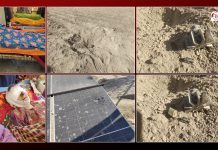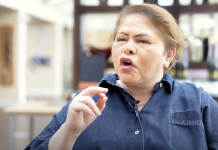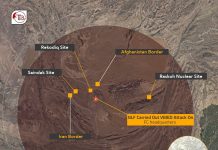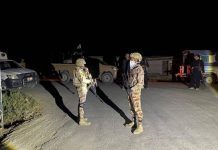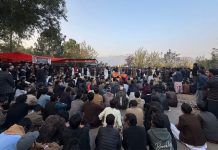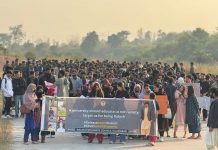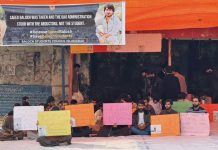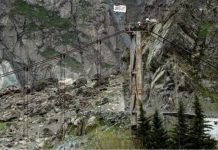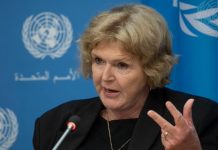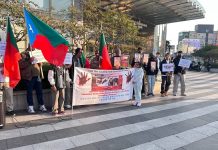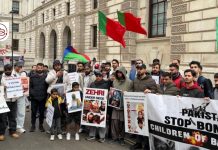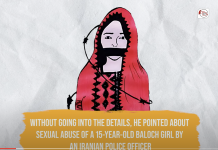35 media workers related to various media houses have been tested positive for the COVID-19 in capital city. The Balochistan Union of Journalists has released the list.
According to The Balochistan Post news desk; 35 media workers in Balochistan have contracted COVID-19. These include four bureau chiefs, few subeditors, some cameramen, reporters, engineers, photographers, and computer operators.
After the rumours of the media workers being infected with the disease, 50 tests were carried out on media workers in the Quetta press club. Out of the 50, 27 were tested positive. These included the bureau chief of Hum TV, Duniya TV, and Samaa TV. The subeditors of Daily Intekhab and Daily Jang were also on the list, accompanied by other workers from various media groups.
According to an association of doctors, these confirmed cases of media workers are only of those tested, there are many more who haven’t been tested yet.
The decision of sealing the bureaus of the infected workers comes by authorities after the tests results. Their family members and close working colleagues are also being monitored and tested for the disease. Furthermore, most of the infected workers are under self-quarantine in their homes while few have been shifted to isolation centres. The test results of some other media workers are still pending.
Balochistan houses a weak healthcare apparatus: trained health workers are scarce, vaccination is rare, civil hospitals are deprived of required facilities, private hospitals offer somewhat satisfactory treatment at extortionate prices, and hundreds of local clinics and medical centres operate without government permission.
Balochistan government’s reaction to the pandemic has been unsatisfactory. The drawbacks of Balochistan’s healthcare infrastructure were revealed in the early days of the pandemic when – owing to the lack of medical equipment – the detainees from various quarantine centres were sent to Fatima Jinnah hospital in Quetta for testing. Fatima Jinnah testing lab is the only testing facility for COVID-19 in Balochistan – the region of 12 million people.
Government has not provided any facilities or packages for affected media workers, journalists said.
Apart from expensive private hospitals, army medical centres (locally knows as ‘Cantt’ or ‘Chawni’) are the most credible and up-to-date hospitals in Balochistan. Amidst the COVID-19 pandemic, when the inhabitants of Balochistan desperately need them, these hospitals have been closed to the general public. Only the army and Law Enforcement Agency personnel are given treatment while the rest of the public are shunned from the gates.
Addressing a press conference in Quetta, Liaquat Shahwani, the spokesperson for the Balochistan government, had claimed that Balochistan no longer “face[s] a dearth of testing kits and equipment”. This claim was refuted by the Fatimah Jinnah Hospital later in a statement. Shahwani had also claimed that the Government was planning to install a testing facility in Bolan Medical College which will accelerate Balochistan’s testing capacity to “400-450 tests per day.” Furthermore, Shahwani had also attributed the delay of the impending test results to a staff reshuffle in the health department of Balochistan.
Currently, the number of infected people in Balochistan has crossed 2100, while the death toll has climbed to 27. Thousands of test results are pending. Among all these issues, the Balochistan government has announced to ease the lockdown from Monday. Despite the warnings from doctors and experts, the government has allowed traders and shopkeepers to reopen their shops and other businesses. According to doctors, this vacuous decision might further aggravate the COVID-19 situation.





